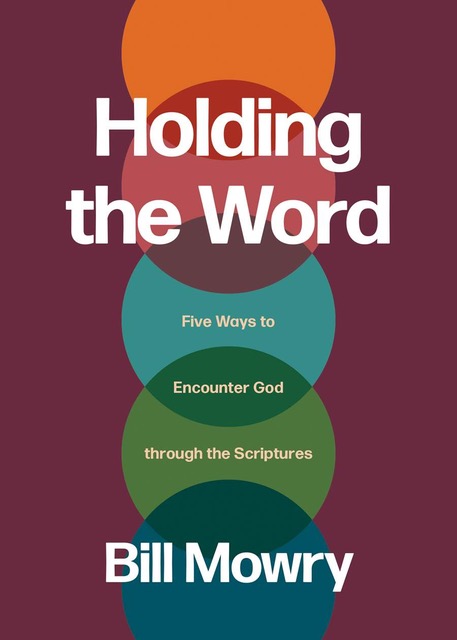Eugene is a gifted expository preacher. He’s relevant in his delivery and anchored in the Bible’s authority. Eugene’s church is a “destination” church; people come because of the Bible teaching. No one was more committed to preaching the Bible than Eugene. Then the Holy Spirit intervened.
“With our emphasis on disciplemaking, I’ve concluded that preaching is a means of helping people understand and apply the Bible. At one time I would have said it was the means.”
“What changed your emphasis?” I asked Eugene.
“Public preaching delivers information but it may not bring about transformation,” he replied. “We’re learning to turn the instruction of the Bible from the one dimension of preaching to many dimensions.”
Eugene is escaping the trap of one-dimensional Bible teaching. One-dimensional Bible teaching prioritizes the Sunday morning preaching experience. In Protestantism, the pulpit’s center stage location shouts a message — “Look up front! It’s Sunday morning. Bible teaching is taking place.”
A search of the Scriptures reveals that teaching is more than one dimension. Pulpits can pop up in multiple relationships and in multiple places.
Now, I’m not crusading to diminish or end the importance of public Bible teaching. I love good expository preaching. The Bible is full of preachers and preaching; church history is marked by powerful preachers. Preaching and teaching is one of the few explicit New Testament functions of church leadership (1 Timothy 5:17).
But . . . teaching must be more than the one-dimension of a Sunday sermon.
What are the other dimensions? One dimension is the rhythms and routines of the home. The Jewish home was the natural place for “impressing” on children the commandments of the Lord (Deuteronomy 6:7 NIV). This “impressing” conveys the idea of emphasizing a thing’s importance or marking a design on someone.
Parents were to teach in such a way that their children’s lives were marked by a love of God and His commandments (Deuteronomy 6:5-6). In the natural rhythms and routines of family life the word can be taught in ways that connect to life’s realities of parents and children.
A second dimension is the small group. Jesus modeled this approach with his small group, the twelve disciples. After teaching the crowds, he often took the disciples aside and “explained everything” to them (Mark 4:34). A small group enabled him to personalize the instruction (Mark 10:35-45) and answer questions they had (Matthew 13:10). In this small group he could target the instruction to the individual (Luke 22:31-34). People can hide in large groups but not in small ones.
The third dimension is the transformative “one another” ministries in The New Testament. The New Testament writers expected that spiritual ministry would happen within the natural and spontaneous interaction people have with one another outside a formal service led by designated teachers.
Paul believed that the Jesus-followers in Rome were filled with “goodness, complete in knowledge and competent to instruct one another” (Romans 15:14). In the Colossian church, he encouraged the believers to allow the word to “to dwell in you richly as you teach and admonish one another” (Colossians 3:16). Encouraging one another with the Scriptures was an expected way of life in the early church.
Teaching the Bible becomes a multi-dimensional experience when we add to the public preaching the dimension of the home, the small group, and the one another ministries. Why aren’t more leaders practicing a multi-dimensional approach to teaching the Bible?
I think church leaders fear that doctrinal error and misapplication will occur unless teaching is conducted by trained pastoral staff in formal settings. Yes, we can run the risk of false doctrine and misapplication but two stream banks form a channel for good interpretation and application.
The first stream bank is teaching people to study the Bible and providing opportunities to share their findings in small groups. Brad’s church is typical of many by sponsoring a Wednesday night “Bible study.” When I asked Brad who did the Bible study on Wednesdays, he replied “I do.”
There was no expectation of people actually studying the Bible. They came to hear Brad preach from his Bible study. I asked Brad why he didn’t name it, “Brad’s Wednesday night Bible study.”
People will reach sound biblical conclusions when taught how to study the Bible. However, Bible study is more than a “fill-in-the-blank” curriculum or reading a best-selling author’s study of the Bible. It’s easy to substitute these second-hand experiences with a disciplined, intentional practice that leads to a personal encounter with the Holy Spirit in the text of the Scriptures.
The second stream bank is relational disciplemaking. In small circles of two, three, or four, we model how to engage people in the discovery and discussion of the Scriptures. When we’re up close with “one another” in these circles, we hear people’s questions, we encourage application, expect accountability, and give affirmation. All of the above is difficult if not impossible from behind a lectern or pulpit.
Leaders who practice relational disciplemaking create models that can be imitated and passed-on to succeeding generations (2 Timothy 2:2). Relational disciplemaking equips people to “rightly handle the word of truth” (2 Timothy 2:15).
In your disciplemaking culture, are you content to position Bible teaching as a Sunday event behind a pulpit or are you willing to add the additional dimensions of home, small groups, and one another? Let’s be multi-dimensional in our teaching and unleash the living and active word of God!


Leave a Reply to Tom Fisher Cancel reply